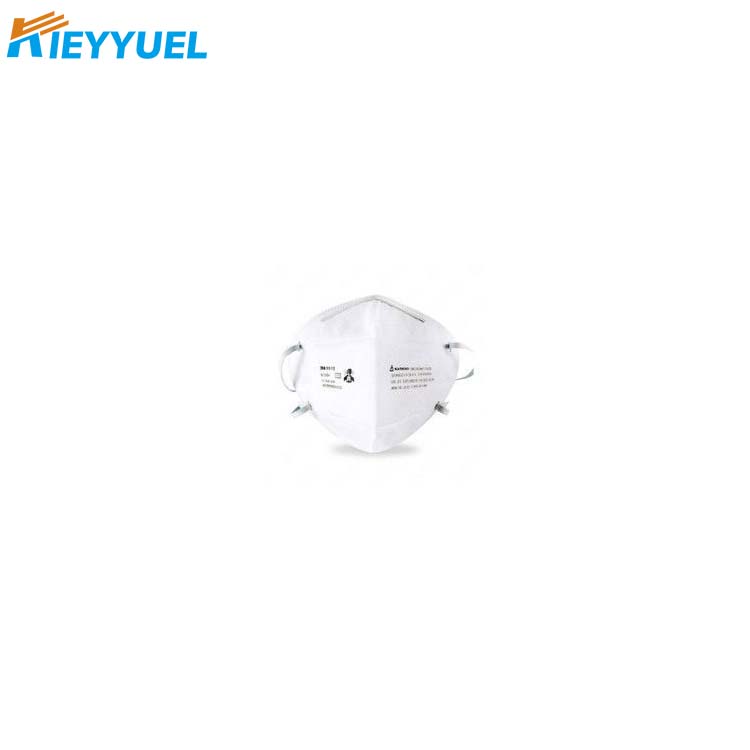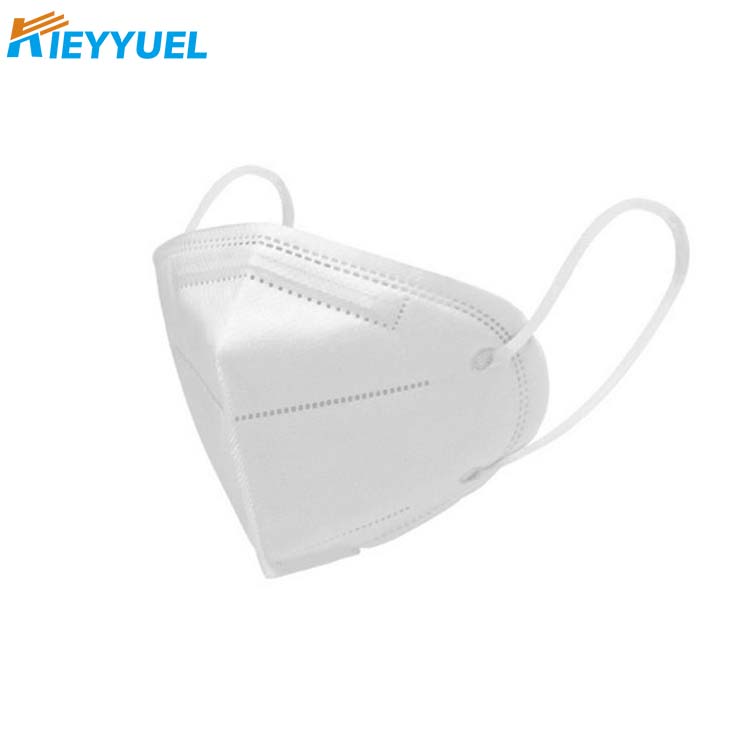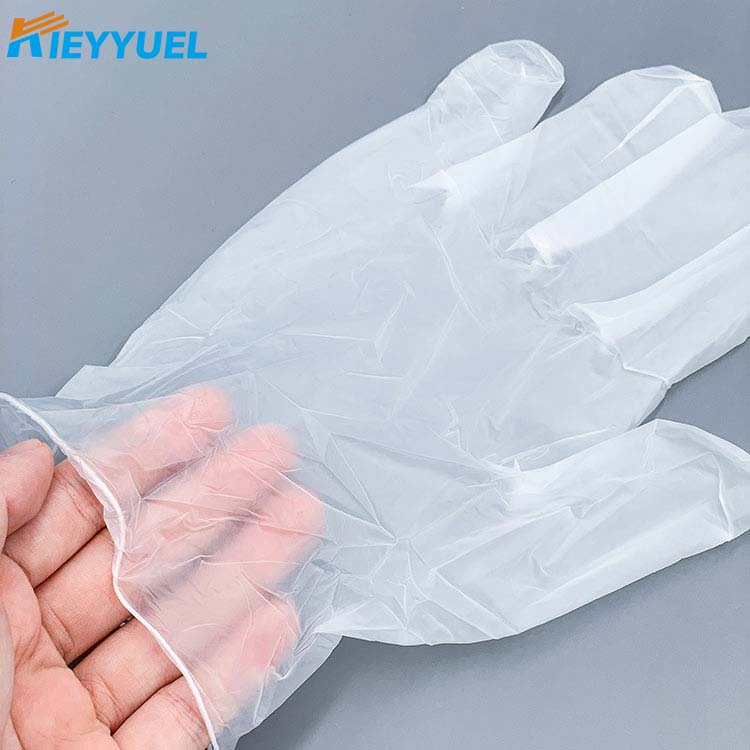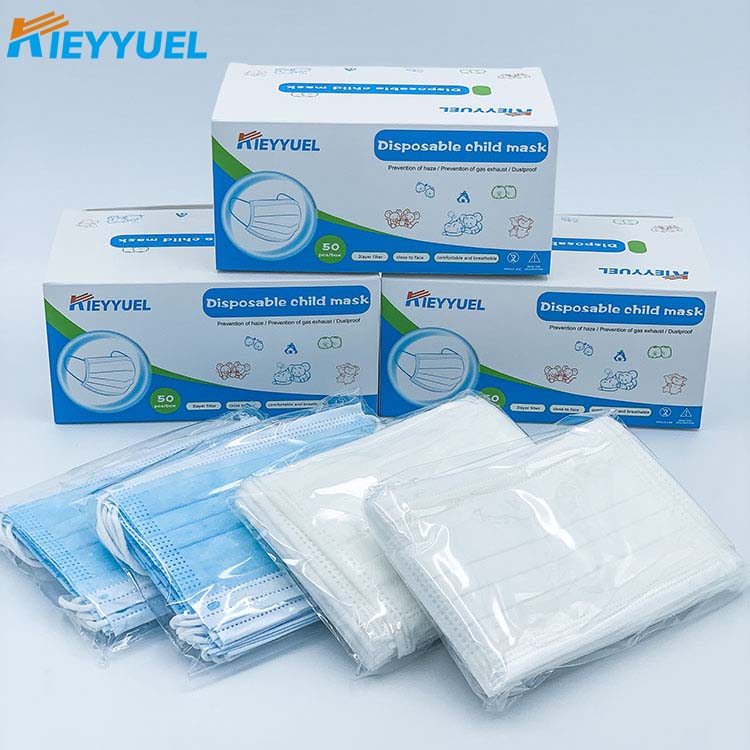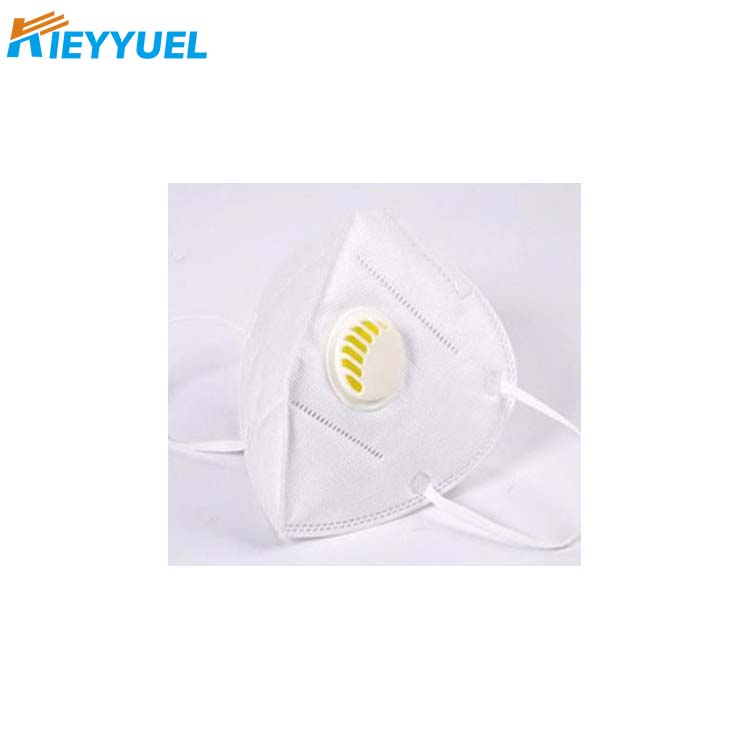Masks are in short supply during the epidemic, and wearing masks is a common practice. Apart from ordinary disposable medical masks, the N95 and KN95 masks with the highest roll call rate have attracted the most attention. So, what are the differences between N95 and KN95 masks?
Masks are classified according to their filtration efficiency for different types of particulate matter. The meaning of N95 and KN95 masks is: N is the Classification standard of masks in the United States, KN is the classification standard of masks in China. They all meet the classification standard of filtering ≥95.0% non-oily particulate matters, with filtering efficiency ≥95.0%. Therefore, their filtering effect is the same.
N95 mask/respirator
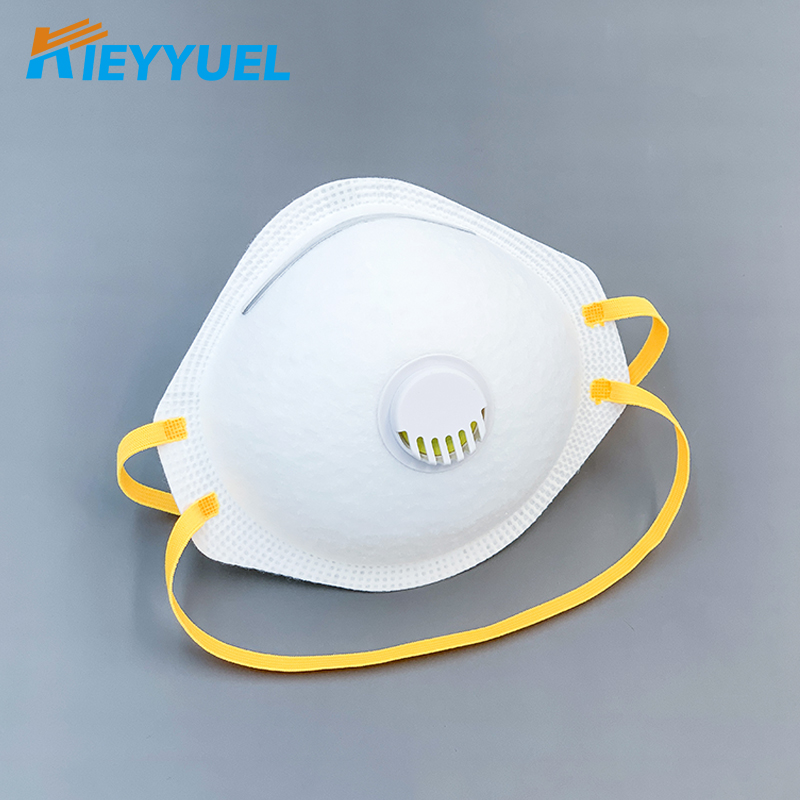
Masks are classified by the National Institute of Occupational Safety and Health (NIOSH) as N95, which means they're classified as N and have a 95 percent efficiency of filtration.
N95 respirator is classified as N respirator with filtration efficiency ≥95.0%; Similarly, N99, which is N classification, filtration efficiency ≥99.0%; N100, N classification, filtration efficiency ≥99.97%.
The classification of masks in the United States includes N, R and P, and their meanings are as follows:
Class N: Suitable for filtering non-oily particles; Class R: Suitable for filtering oily and non-oily particles, but the time limit for oily particles shall not exceed 8 hours; Class P: Suitable for filtering oily and non-oily particulate matter. The use time for oily particulate matter must refer to the manufacturer's recommendation.
KN95 masks
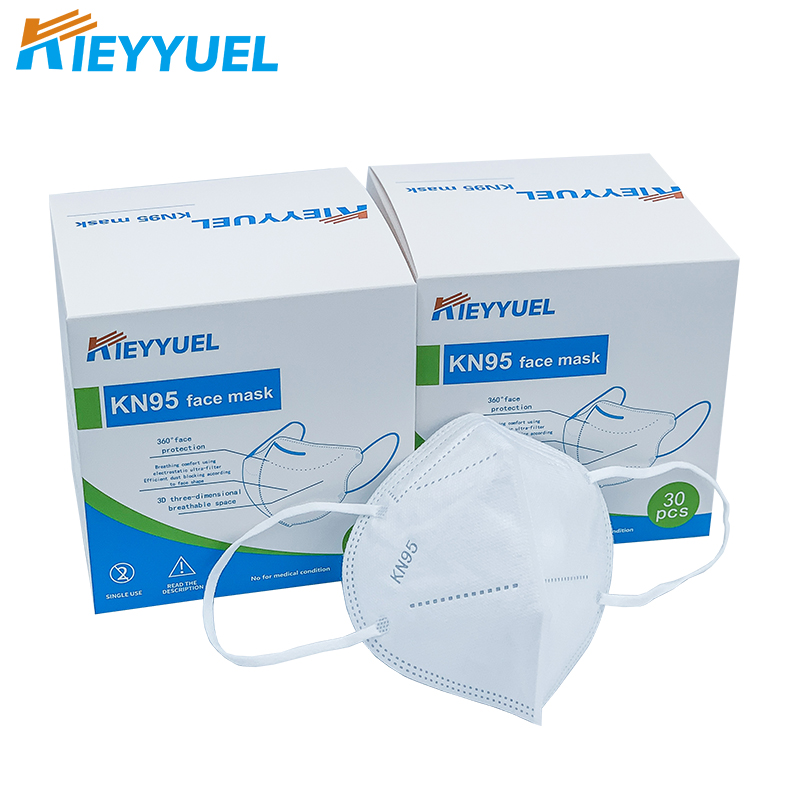
KN95 is the classification standard for masks in China, KN is the classification, and 95 is the percentage of filtration efficiency.
KN95 mask, which is classified as KN, filtration efficiency ≥95.0%; Similarly, there is KN90, which is N classification, with filtering efficiency ≥90.0%; KN100, N classification, filtration efficiency ≥99.97%.
In Addition to KN, there is also KP, the classification of masks in China, which means:
KN class: Suitable for filtering non-oily particulate matter; KP class: Suitable for filtering oily and non-oily particles.
Masks that comply with BOTH THE American and Chinese standards have labels on their packages or masks, including THE American NIOSH N95 standard and the Chinese GB19083 Technical Standard for protective masks for medical use.
 English
English  Español
Español  Português
Português  русский
русский  français
français  日本語
日本語  Deutsch
Deutsch  Tiếng Việt
Tiếng Việt  Italiano
Italiano  Nederlands
Nederlands  ไทย
ไทย  Polski
Polski  한국어
한국어  Svenska
Svenska  magyar
magyar  Malay
Malay  বাংলা
বাংলা  Dansk
Dansk  Suomi
Suomi  हिन्दी
हिन्दी  Pilipino
Pilipino  Türk
Türk  Gaeilge
Gaeilge  عربى
عربى  Indonesia
Indonesia  norsk
norsk  اردو
اردو  čeština
čeština  Ελληνικά
Ελληνικά  Українська
Українська  Javanese
Javanese  فارسی
فارسی  தமிழ்
தமிழ்  తెలుగు
తెలుగు  नेपाली
नेपाली  Burmese
Burmese  български
български  ລາວ
ລາວ  Latine
Latine  Қазақ
Қазақ  Euskal
Euskal  Azərbaycan
Azərbaycan  slovenský
slovenský  Македонски
Македонски  Lietuvos
Lietuvos  Eesti Keel
Eesti Keel  Română
Română  Slovenski
Slovenski  मराठी
मराठी  Српски
Српски  简体中文
简体中文  Esperanto
Esperanto  Afrikaans
Afrikaans  Català
Català  עִברִית
עִברִית  Cymraeg
Cymraeg  Galego
Galego  繁体中文
繁体中文  Latvietis
Latvietis  icelandic
icelandic  יידיש
יידיש  Беларус
Беларус  Hrvatski
Hrvatski  Kreyòl ayisyen
Kreyòl ayisyen  Shqiptar
Shqiptar  Malti
Malti  lugha ya Kiswahili
lugha ya Kiswahili  አማርኛ
አማርኛ  Bosanski
Bosanski  Frysk
Frysk  ជនជាតិខ្មែរ
ជនជាតិខ្មែរ  ქართული
ქართული  ગુજરાતી
ગુજરાતી  Hausa
Hausa  Кыргыз тили
Кыргыз тили  ಕನ್ನಡ
ಕನ್ನಡ  Corsa
Corsa  Kurdî
Kurdî  മലയാളം
മലയാളം  Maori
Maori  Монгол хэл
Монгол хэл  Hmong
Hmong  IsiXhosa
IsiXhosa  Zulu
Zulu  Punjabi
Punjabi  پښتو
پښتو  Chichewa
Chichewa  Samoa
Samoa  Sesotho
Sesotho  සිංහල
සිංහල  Gàidhlig
Gàidhlig  Cebuano
Cebuano  Somali
Somali  Точик
Точик  O'zbek
O'zbek  Hawaiian
Hawaiian  سنڌي
سنڌي  Shinra
Shinra  հայերեն
հայերեն  Igbo
Igbo  Sundanese
Sundanese  Lëtzebuergesch
Lëtzebuergesch  Malagasy
Malagasy  Yoruba
Yoruba 





